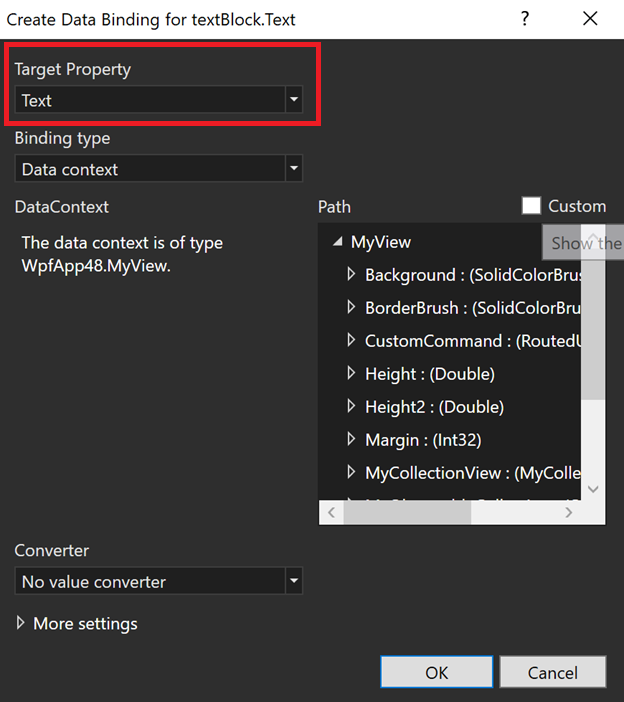

Finally, many critical measures of eye tracking data quality (and eye tracker specifications) such as “accuracy” and “precision” are reported in degrees of visual angle. Also, gaze data is often parsed into saccades and fixations based on the eye’s velocity – which is measured by eye trackers in degrees per second. While the gaze data from eye trackers is generally reported in screen pixel co-ordinates, important metrics such as saccade amplitude and velocity are reported in degrees of visual angle / degrees per second. Other researchers may want to ensure that stimuli on screen subtend exactly 5 degrees of visual angle, or that saccade targets appear at +/- 10 degrees of visual angle from the screen center. Researchers may want to ensure that their screen fits within the “trackable range” of their system – where the trackable range is 32 degrees horizontally and 25 degrees vertically for example. Visual angles are everywhere in eye tracking. This blog is my attempt to explain visual angle in the way I wish someone had explained it to me, e.g., with the bare minimum of math… And don’t worry, you can avoid the math entirely with this very helpful online app a colleague built! Why Visual Angles are Important for Eye Tracking The concept of visual angle is critical to many aspects of eye-tracking research, but it is one of those things that people are somehow just expected to understand. Right-click the Lights folder or a light in the folder and select Show Lights.

Click Back and Next to display each lighting PropertyManager. Right-click the Lights folder or a light in the folder and select Edit All Lights. Right-click a light and select Edit Directional Light, Edit Point Light, or Edit Spot Light. Indicators next to each light show the light's current state. If PhotoView is added in, you can also select the light in the PhotoView 360 Lights folder and click On in PhotoView or Off in PhotoView. Right-click a light and select On in SOLIDWORKS or Off in SOLIDWORKS. While point, spot, and directional lights and sunlight appear in both folders, the best way to light your model in PhotoView 360 is to use the Primary PhotoView 360 Lighting. When PhotoView 360 is added in, the Lights folder is renamed to SOLIDWORKS Lights and a PhotoView 360 Lights folder also appears.


 0 kommentar(er)
0 kommentar(er)
